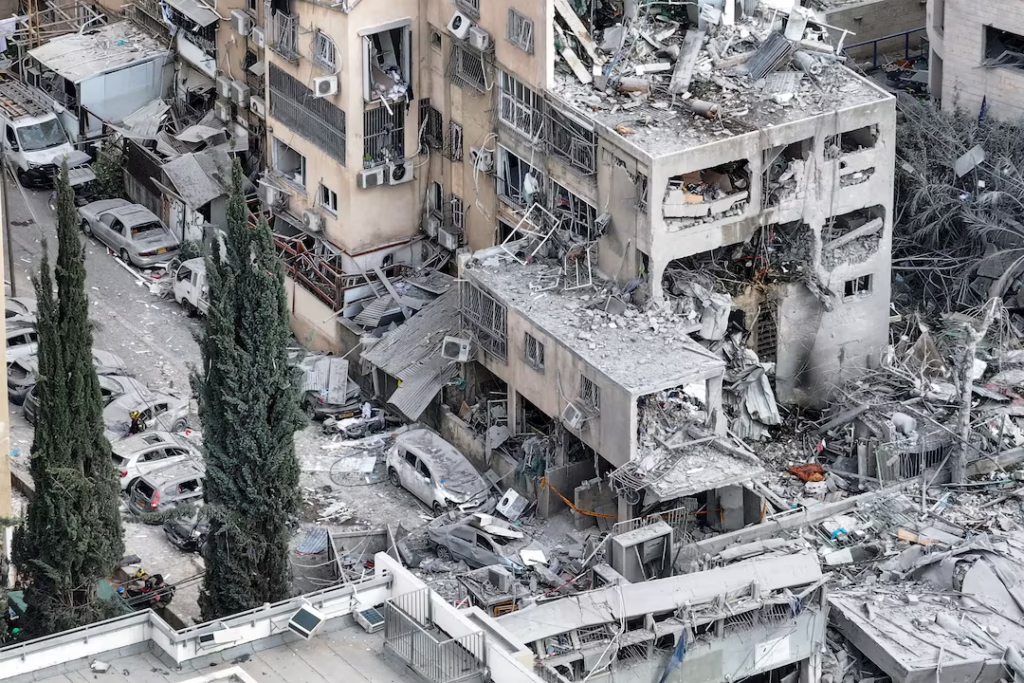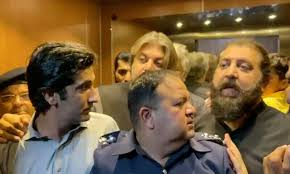Former President Donald Trump has reignited global tensions by suggesting regime change in Iran following US airstrikes on Iranian nuclear facilities—a move that has rattled allies and adversaries alike and intensified the ongoing war between Israel and Iran.
Trump’s Rhetorical Shift
In the aftermath of Saturday’s strikes on Iran’s underground nuclear sites—Fordow, Natanz, and Isfahan—Trump posted on social media, asking “why wouldn’t there be a Regime change???” and coining the slogan “Make Iran Great Again (MIGA)”. His question starkly diverges from the official US narrative that the military action was strictly aimed at curbing Tehran’s nuclear ambitions, not removing its government.
US Allies and Officials Push Back
Top Washington officials wasted no time countering Trump’s tone. Defense Secretary Pete Hegseth and Vice President JD Vance emphasized that “the mission was not and has not been about regime change”, reaffirming the strategic aim to roll back Iran’s nuclear capability—not its political leadership.
Satellite Images Reveal Damage
High-resolution satellite imagery, released by Maxar and featured across major networks, shows extensive devastation at the targeted facilities—craters scar nobbled ridges above underground bunkers—visibly confirming the use of heavy bunker-busting ordnance. Although radiation levels remain within safe limits, the extent of the disruption underscores the severity of the strikes.
Escalation and Regional Backlash
Iran retaliated by launching over 40 missiles at Israel, prompting CNN’s Anderson Cooper to be evacuated to a bomb shelter during a live broadcast in Tel Aviv—highlighting how volatile the conflict remains. Iran also targeted a US base in Qatar with six missiles, all intercepted, and Netanyahu has threatened further airstrikes.
Simultaneously, Tehran’s parliament approved measures that could close the Strait of Hormuz, a critical artery for global oil transport. Such a move could reverberate through global energy markets, triggering sharp price hikes.
Historical Lessons and Warnings
Analysts and media outlets across CNN, AP, and Vox warn that pushing for regime change echoes past misadventures in Iraq, Libya, and Afghanistan—where initial tactical victories spiraled into prolonged instability, insurgencies, and civilian suffering. “Regime change is too risky a game,” cautions a leading editorial, emphasising that U.S. focus should remain nuclear containment and diplomacy.

Impact on Diplomacy and Global Security
Trump’s rhetoric not only shifts U.S. policy but also complicates ceasefire efforts. Qatar, backed by U.S. mediation, is pushing for a ceasefire by June 25. High-alert naval forces in the Gulf, alongside global energy traders, are watching anxiously amid fears of escalation.
What Comes Next?
| Key Question | Possible Outcomes |
|---|---|
| Will Iran retaliate further? | Enhanced military posture by U.S./Israel; risk of new missile volleys. |
| Will regime change be pursued? | Unlikely without ground forces; may spark regional backlash. |
| Can diplomacy hold? | Ceasefire efforts hinge on restraint from all parties. |
| Impact on global energy? | Strait closure could spike oil prices and destabilize markets. |
Conclusion
Trump’s remarks have added another unpredictable layer to an already complex situation. While U.S. officials aim to limit the strikes to nuclear deterrence, the specter of regime change has reopened debates on American foreign policy and the potential for wider regional and global turmoil.
#TrumpIran #RegimeChange #MiddleEastConflict #IranNuclearStrike #StraitOfHormuz #GlobalEnergyRisk #USIsraelIran #SatelliteImages #CNNLive #CeasefireWatch

















